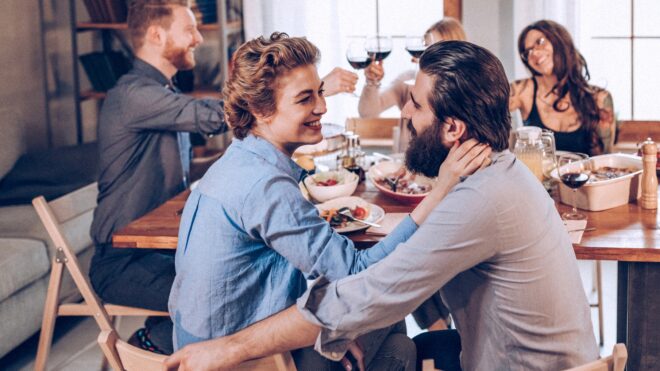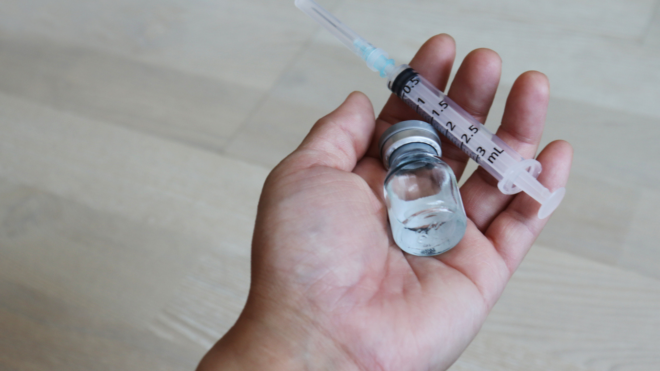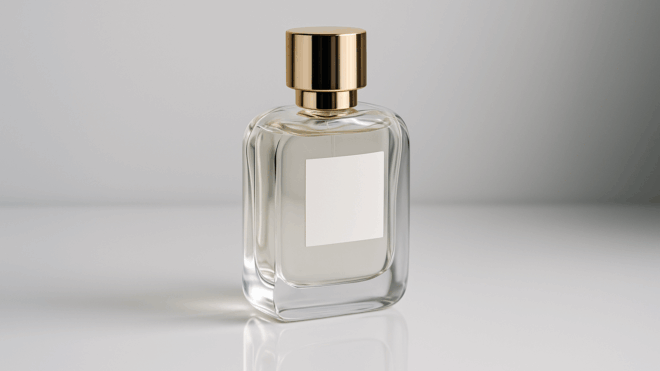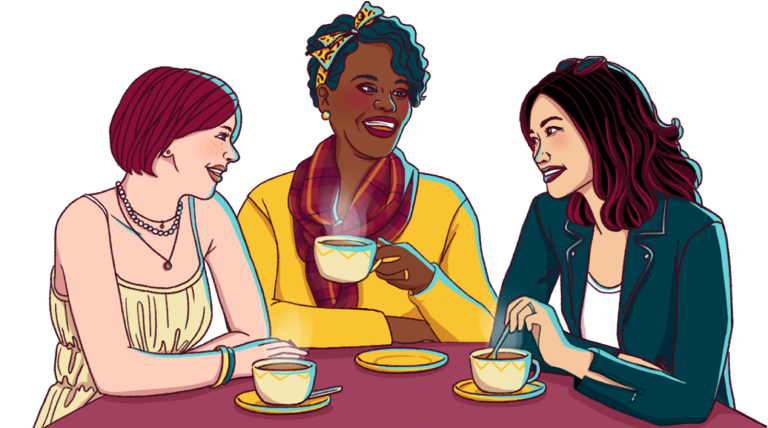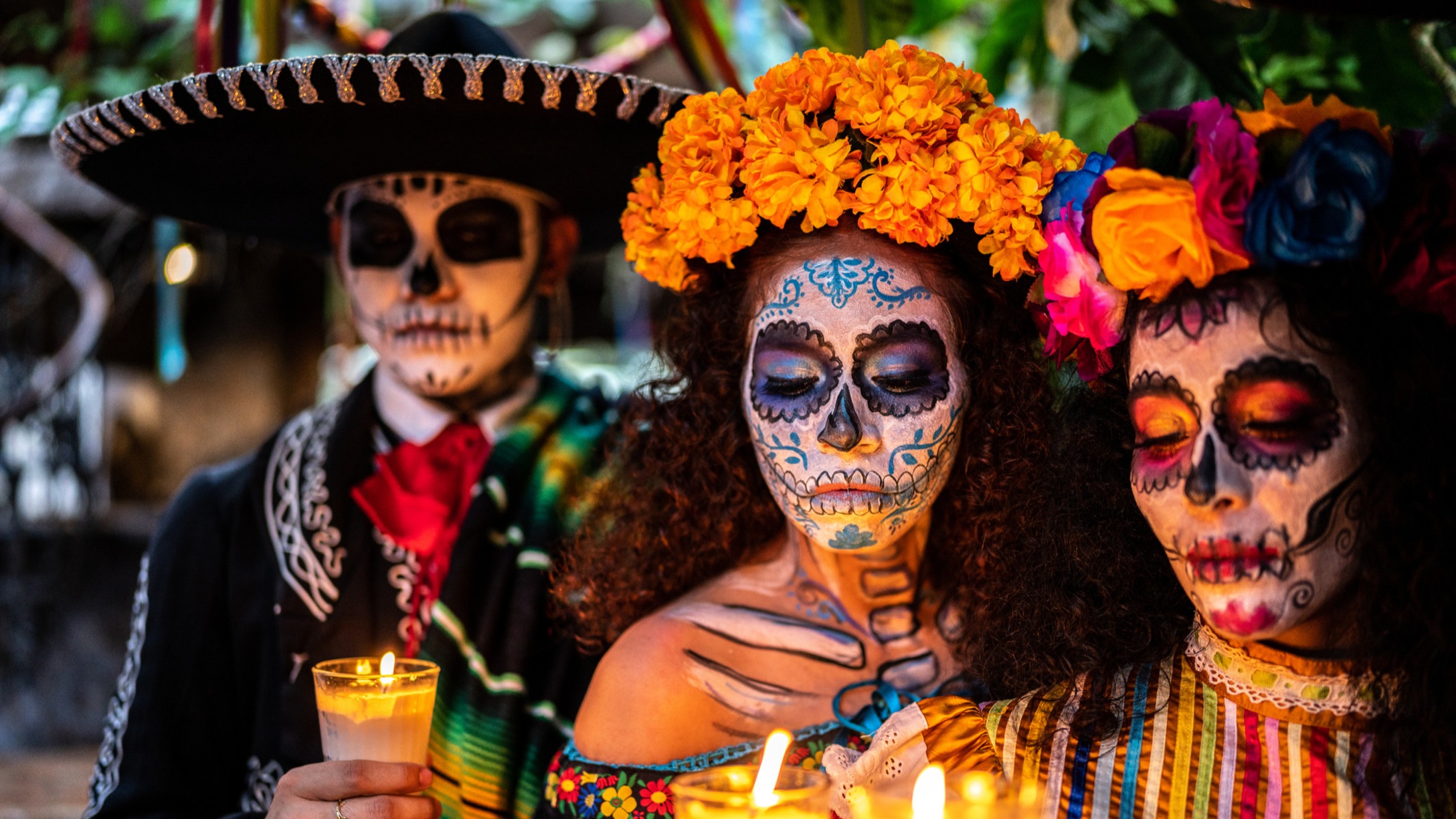
Día de los Muertos, or Day of the Dead, is a Mexican holiday that celebrates and honors our deceased loved ones. It begins on October 31 and is celebrated through November 2. While it might coincide with Halloween, Día de los Muertos has distinct cultural and spiritual significance — it is not Mexican Halloween.
For those of us who celebrate, it is much more than just an opportunity to remember lost loved ones, it’s a time for the veil between the living and the dead to come down, and for us to feel closer spiritually to those we’ve lost. Día de los Muertos is when we celebrate life, not dwell on our losses. It is not a somber occasion. This is one of my favorite traditions in my Mexican culture.
We remember so that our loved ones can live on. In Mexican culture, we believe that we all experience three deaths. The first death is the failure of our physical body. The second death is the burial of that body. The final and most definitive death is the third death. This happens when there is no one left to remember us. We believe that our memory is passed down from generation to generation through stories that loved ones tell about us after we pass on.
Día de los Muertos is a unique blend of indigenous Aztec ritual with Catholicism, a fusion that has created a vibrant and distinctive cultural tradition. This annual tradition has been honored by Indigenous civilizations in Mexico for more than three millennia to celebrate the life of those who have passed.
Here are some key aspects and reasons why Día de los Muertos is so important to me personally, as well as, a proud Mexican:
More from CafeMom: Latino Traditions I'm Passing Down & the One I'm Leaving Behind
Honoring Our Ancestors
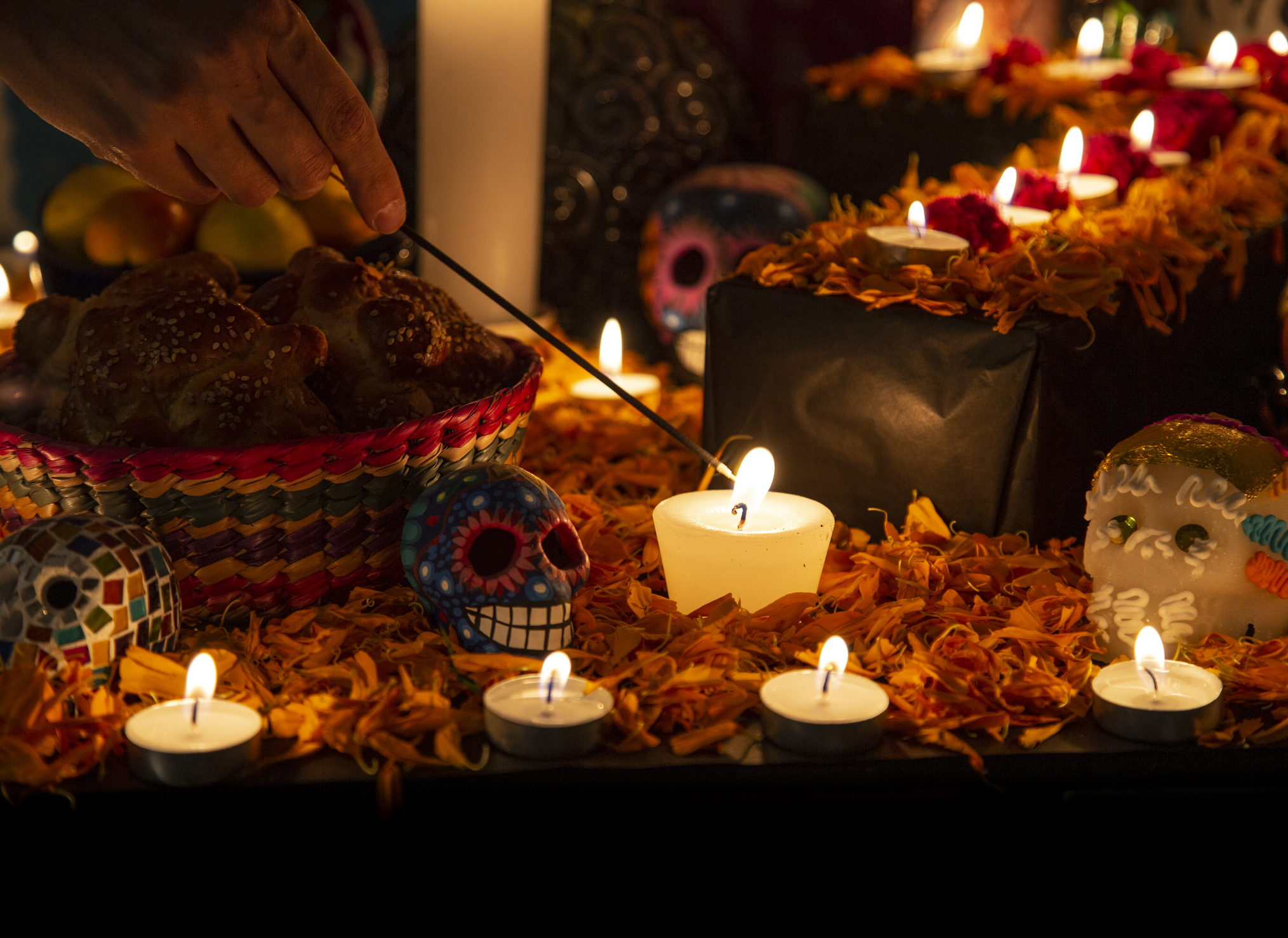
Día de los Muertos is a time for families to come together to remember and celebrate the lives of those who have passed away. Altars, or “ofrendas," are created in homes and cemeteries, adorned with photographs, mementos, and items that the deceased enjoyed in life. Some families go to their loved one's grave and have a picnic to celebrate, even bringing the food and drinks of the deceased.
Marigolds & Monarchs
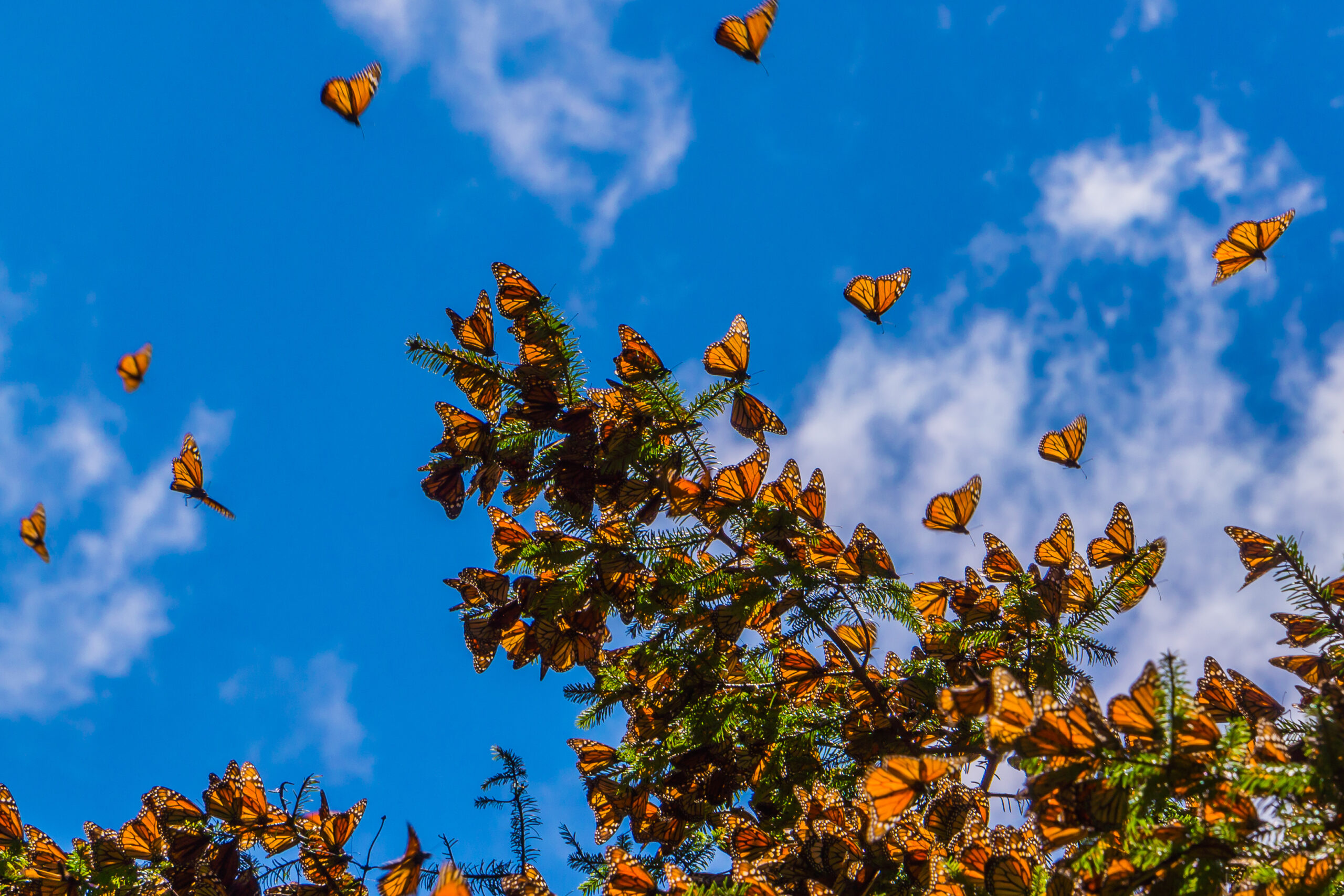
Marigolds, or cempasúchil, are the traditional flowers associated with Día de los Muertos. The vibrant orange color is believed to represent the sun, guiding spirits back to the world of the living. Día de los Muertos coincides with when the monarch butterflies appear in Mexico. According to tradition, those monarchs are the precious souls of our ancestors who are returning to earth for their annual visit.
All-Night Vigils
Families often gather at the gravesites of their loved ones, holding vigil throughout the night. Candles, incense, and the glow of marigold petals create a solemn yet celebratory atmosphere.
Calaveras & Catrinas
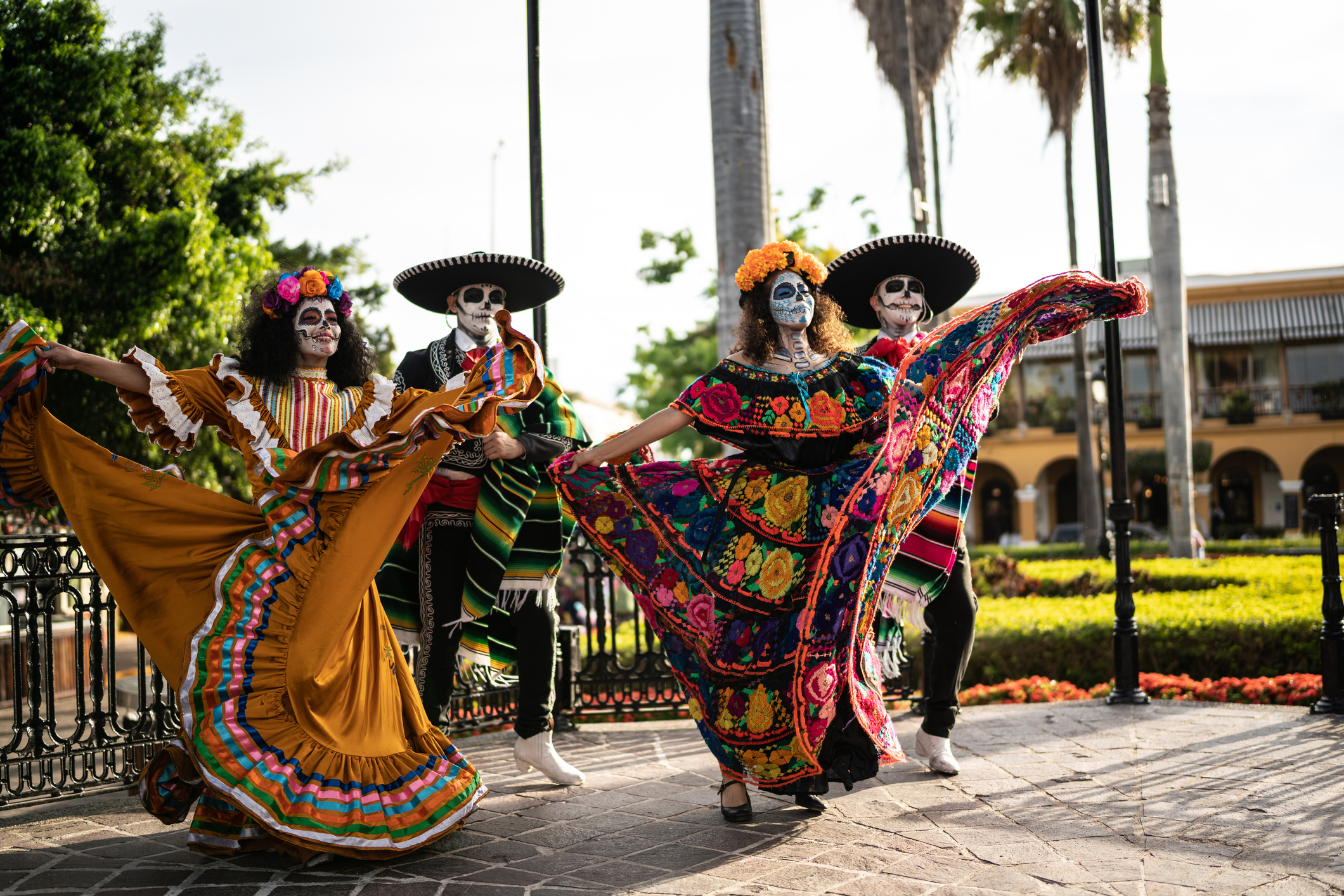
The use of skeletons and skulls (calaveras) is a prominent symbol during Día de los Muertos. They are often depicted in colorful and whimsical ways, emphasizing the celebration of life rather than mourning death. The elegant skeletal figure known as La Catrina has become an iconic representation of the holiday.
Traditional Foods
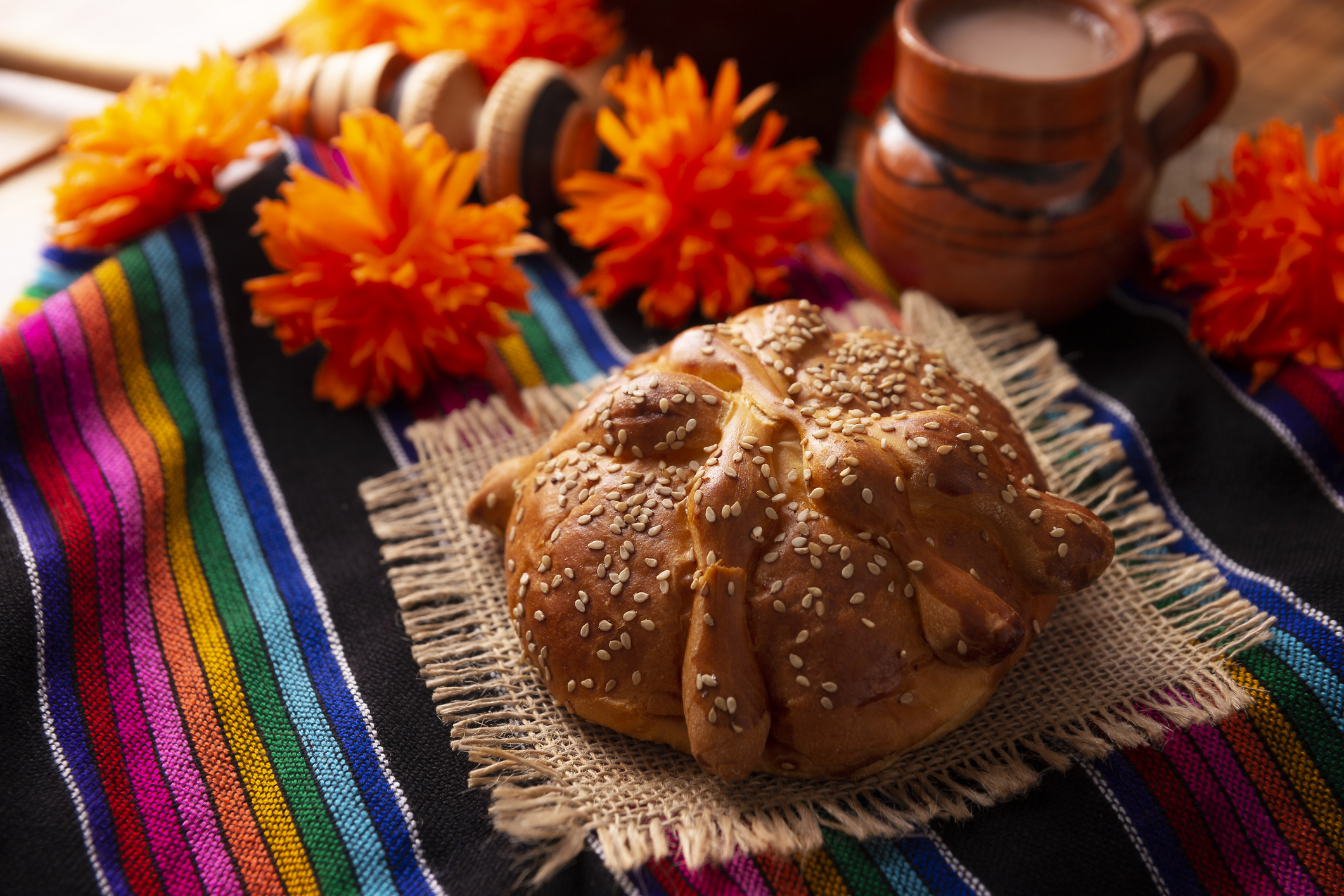
Special foods are prepared for Día de los Muertos, including pan de muerto (bread of the dead), sugar skulls, and favorite dishes of the deceased. These offerings are believed to nourish the spirits during their visit.
Catholic & Aztec Influences
The holiday has roots in both indigenous Aztec beliefs and Catholicism. The Aztecs had a month-long celebration for the goddess Mictecacihuatl, known as the Lady of the Dead. When the Spaniards arrived, they incorporated their own traditions, such as All Saints' Day and All Souls' Day, into the existing celebration.
Cultural Resilience
Día de los Muertos is a testament to the resilience of Mexican culture. Despite the influence of other traditions, this celebration has maintained its unique identity, serving as a powerful cultural and familial bonding experience.
More from CafeMom: The Challenges & Triumphs of Being a Mom & a First-Generation Immigrant Daughter
Celebration of Life
Unlike the somber tone often associated with death in some cultures, Día de los Muertos is a joyful celebration of life. It reflects the Mexican people themselves. We love to celebrate. We believe that Día de los Muertos is a time to remember the positive aspects of the lives of those who have passed away and to honor their memory with happiness and love.
Building An Ofrenda
I love looking at the faces of family and friends that I’ve lost on our ofrenda, backlit by the glow of candlelight and surrounded by marigolds. It makes me feel closer to them. Most importantly, I love sharing these people and their lives with my daughters, whom many of them never got to meet.
This is how they get to live on forever — through our stories and shared memories. Sure, sometimes I cry because I wish they were here in person to hug and hold, to meet my daughters, but it is my honor and privilege to keep their memory alive. We the living are the keepers of their legacy.

